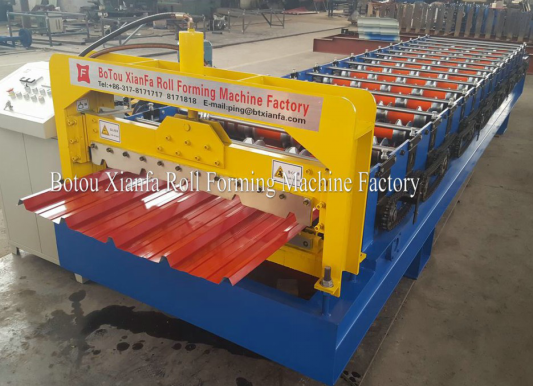E x (H 2 O) 4 {(Al 2-x ,Mg x ) 2 [(Si,Al) 4 O 10 ](OH) 2 } [Chemical composition] In the above formula, E is an exchangeable cation between layers, mainly Na + , Ca 2+ , followed by K + , Li + and the like. When x is a monovalent cation, the number of layer charges per unit chemical formula is generally between 0.2 and 0.6. According to the type of main cations between the layers, it is divided into sodium montmorillonite and calcium montmorillonite. In the crystal chemical formula, H 2 O (crystalline water or inter-layer water, etc.) is generally written at the end of the formula, but in montmorillonite, H 2 O is written in front, indicating that H 2 O together with the exchangeable cation Fill in the inter-layer domain. E and H 2 O are connected by weak hydrogen bonds to form a hydration state. If E is a monovalent ion, the ion potential is small to form a continuous layer of water molecules; if E is a divalent cation, two layers of continuous water molecules are formed. . This indicates that there is no direct relationship between the entry of water molecules into the layers and the layer grid (cell layer). The water content is related to the humidity and temperature of the environment and can be as many as four layers. [Crystal structure] monoclinic system; C 3 2h - C2 / m; a 0 = 0.523 nm, b 0 = 0.960 nm, and c 0 = 0.96 - 2.05 nm. For example, when the calcium montmorillonite layer is one, two, three or four water molecular layers, the c 0 values ​​are 0.6 nm, 1.25 nm, 1.55 nm, 1.85 nm, 2.05 nm, respectively; β is close to 90°. TOT type, two octahedral structure. [Form] It is often a soil-like cryptocrystalline block (Fig. G-45), and it is a small scale under electron microscope. Figure G-45 montmorillonite crystal aggregate [Physical properties] White, sometimes light gray, pink, light green. The scaly {001} cleavage is complete. Hardness 2 to 2.5. The relative density is 2 to 2.7. Very soft. There is a slippery feel. Add water to swell, the volume can be increased several times, and become a paste. Has a strong adsorption and cation exchange properties. Thermal analysis: The first endothermic valley appeared between 80 and 250 ° C, and the interlayer water and adsorbed water were removed. Generally, sodium montmorillonite has a low dehydration temperature and is a single-suction hot valley. The calcium montmorillonite has a high dehydration temperature and a composite valley appears. The second endothermic valley appears between 600 and 700 ° C, with structural water removed. The third endothermic valley is at 800-935 ° C, and the crystal lattice is completely destroyed. Thereafter, followed by an exothermic peak, new phase spinel and quartz are formed. [genesis and production] montmorillonite is mainly formed by weathering of basic igneous rocks in an alkaline environment, and some products are decomposed by volcanic ash deposited on the seabed. Montmorillonite is the main component of bentonite . Bentonite is produced in many places in China, such as Liaoning, Heilongjiang, Jilin, Hebei, Henan, and Zhejiang. China's industrially valuable montmorillonite deposits are mostly produced in the Mesozoic volcanic rocks. [Identification features] Add water to expand its characteristics. The exact identification needs to be combined with X-ray analysis, thermal analysis and chemical analysis. [Main use] It is made into montmorillonite organic composite by its cation exchange performance, widely used in high temperature grease, rubber, plastic and paint; its adsorption performance is used for decolorization and detoxification of edible oil, purification of petroleum and nuclear waste treatment. , sewage treatment; use of its cohesive properties can be used as casting sand binder; use its dispersion and suspension for drilling mud. Since many properties of sodium montmorillonite are superior to calcium montmorillonite, the cation exchange performance of montmorillonite is often utilized to modify the calcium montmorillonite into sodium montmorillonite.
Trapezoid Roll Forming Machine is also known as IBR roll forming machine. It makes the trapezoidal color steel sheet. That is the most normal roofing sheet. They are widely used in building: the steel-structured large-scale warehouses, plants, supermarkets. We make High Quality Trapezoidal Roofing Roll Forming Machine according to customers` requirements.
Trapezoidal Roll Forming Machine IBR Roof Roll Forming Machine,Trapezoidal Panel Roof Roll Forming Machine,840 Steel Panel Making Machine,Galvanized Trapezoid Roof Roll Forming Machine Xianfa Roll Forming Machine Factory , https://www.btxianfa.com

Also known as microcrystalline kaolinite or gumline.